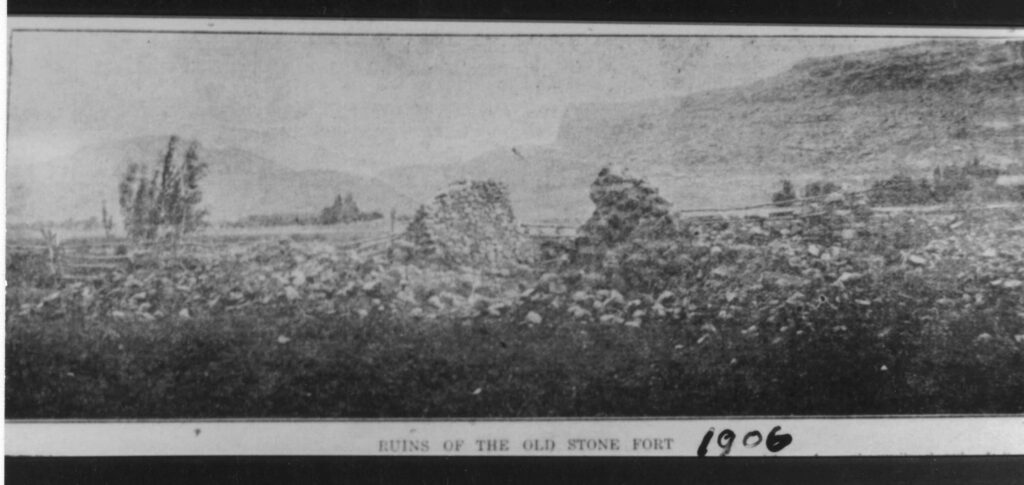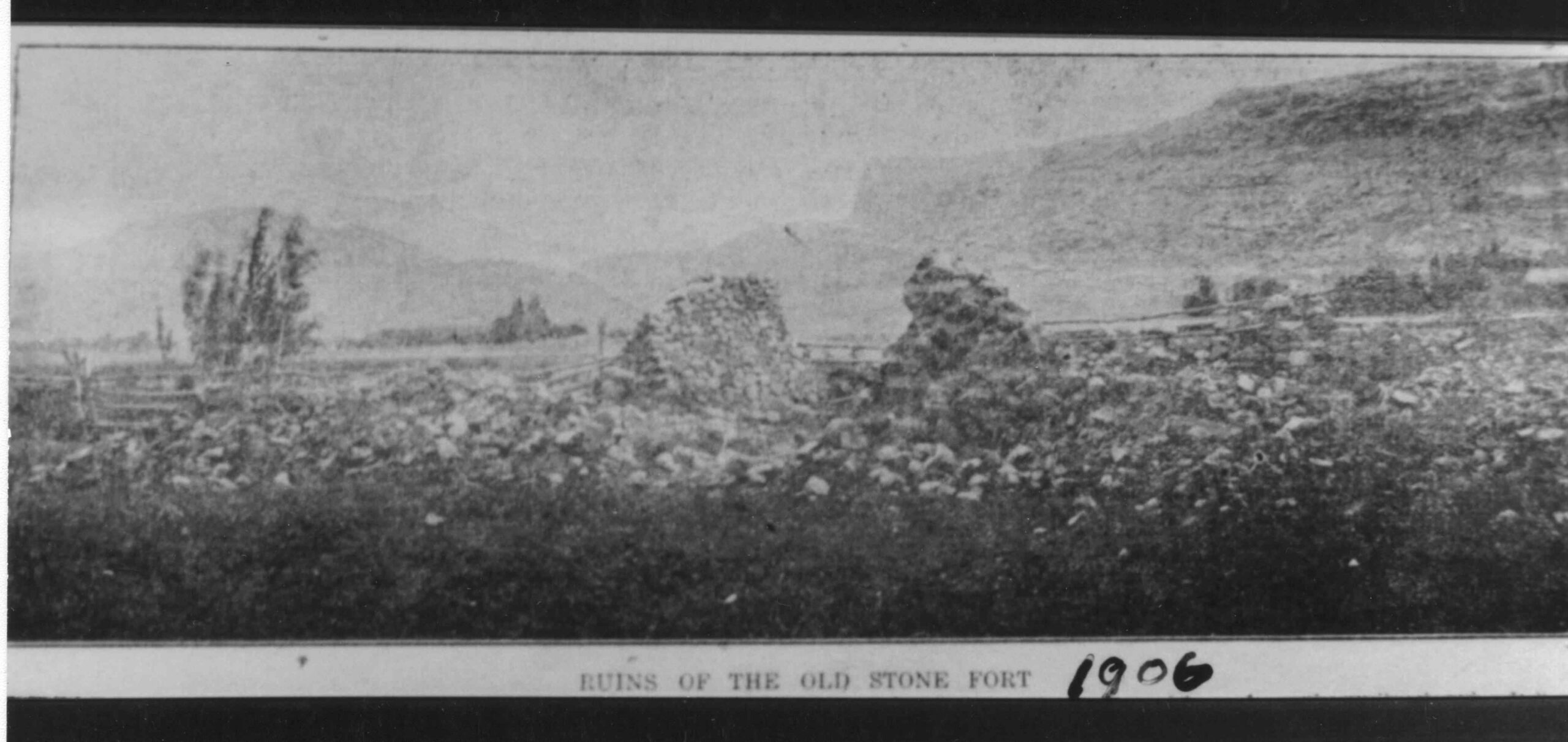Some information may be outdated.
Driven from their communities east of the Mississippi River because of religious persecution, members of the Church of Jesus Christ of Latter-day Saints settled in the Salt Lake City area of northern Utah and southwestern Wyoming where farming was bountiful. From this base, missions were sent to establish communities in surrounding areas, wresting control of the land from the local Native tribes.
This week, the Museum team explores the Elk Mountain Mission, one of the first European attempts at colonization of the Moab Valley. How did this town find its footing? What role did the church play? How “wild West” were Moab’s beginnings?

In the spring of 1855—just a year after the LDS Church directed its members to establish a major control point on the Old Spanish Trail in southeastern Utah—41 men, many wagons, and 75 head of cattle led by Alfred Billings departed Salt Lake City for the Ute ancestral homeland of the Moab Valley, referred to then as the “Little Grand Valley.”
This time their goal was to establish a community where the Old Spanish Trail crossed the Colorado River. When the Elk Mountain Mission, named for the “Elk Mountains” which we call the La Sals today, arrived that June, a fort was promptly built just south of where the Moab Springs Ranch is today, along Highway 191 north of downtown.
These men arrived to establish a settlement, build gardens, and evangelize along the Colorado River near the Old Spanish Trail crossing. Initially, relations with local Utes were friendly and the two communities traded weapons and ammunition. This relationship deteriorated when the newcomers built a stone fort-like compound and planted crops in the tall grasslands the Utes depended upon for food and hunting.
Soon, conflict between the mission settlers and Utes arose and the mission was abandoned in September of 1855, driven out of the valley after four short months.
According to Jeff Richards in his historical recount of the Elk Mountain Mission’s failure published in the March 2004 Happenings:
“The demise of the Elk Mountain Mission marked one of the rare failures for a Mormon (LDS) settlement during the church’s widespread colonization of the West under President Brigham Young. For more than two decades afterward, no permanent settlers lived in the Moab area. The return of permanent (European) settlers didn’t happen until 1877, when prospector William Grandstaff and a trapper known as ‘Frenchie’ arrived in the Spanish Valley area and moved into the old fort itself.”
Learn more about William Grandstaff, Black frontiersman and Moab settler, online at the Moab Museum’s digital exhibition.
The Moab Museum is dedicated to sharing stories of the natural and human history of the Moab area. To explore more of Moab’s stories and artifacts, find out about upcoming programs, and become a Member, visit www.moabmuseum.org.
Appreciate the coverage? Help keep local news alive.
Chip in to support the Moab Sun News.





